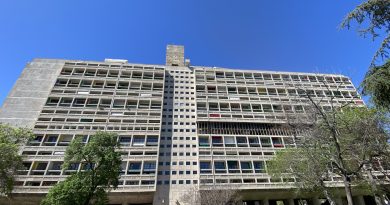Great Artists: Goya
Francisco José de Goya y Lucientes ,a Spanish romantic painter and printmaker, is regarded as the most important Spanish artist of the late 18th and early 19th centuries.His paintings, drawings, and engravings reflected contemporary historical upheavals and influenced important 19th- and 20th-century painters.
Goya is often referred to as the last of the Old Masters and the first of the moderns.
Goya was born to a middle-class family in 1746, in Aragon. He studied painting from age 14 and moved to Madrid to study . He became a court painter to the Spanish Crown in 1786 and this early portion of his career is marked by portraits of the Spanish aristocracy and royalty.
He was guarded, and little is known about his thoughts. He had a severe and undiagnosed illness in 1793 which left him deaf, after which his work became progressively darker and pessimistic. His later works appear to reflect a bleak outlook on personal, social and political levels, and contrast with his social climbing.

In 1807, Napoleon led the French army into the Peninsular War against Spain. Goya remained in Madrid during the war, which seems to have affected him deeply. Although he did not speak his thoughts in public, they can be inferred from his Disasters of War series of prints (although published 35 years after his death) and his 1814 paintings The Second of May 1808 and The Third of May 1808. Other works from his mid-period include a wide variety of paintings concerned with insanity, mental asylums, witches, fantastical creatures and religious and political corruption, all of which suggest that he feared for both his country’s fate and his own mental and physical health.
His late period culminates with the Black Paintings of 1819–1823, applied on oil on the plaster walls of his house the Quinta del Sordo(House of the Deaf Man) where, disillusioned by political and social developments in Spain, he lived in near isolation. Goya eventually abandoned Spain in 1824 to retire to the French city of Bordeaux.
Following a stroke which left him paralysed on his right side, and with failing eyesight and poor access to painting materials, he died and was buried on 16 April 1828 aged 82. His body was later re-interred in the Real Ermita de San Antonio de la Florida in Madrid. Famously, the skull was missing, a detail the Spanish consul immediately communicated to his superiors in Madrid, who wired back, “Send Goya, with or without head.
Destination – Spain




